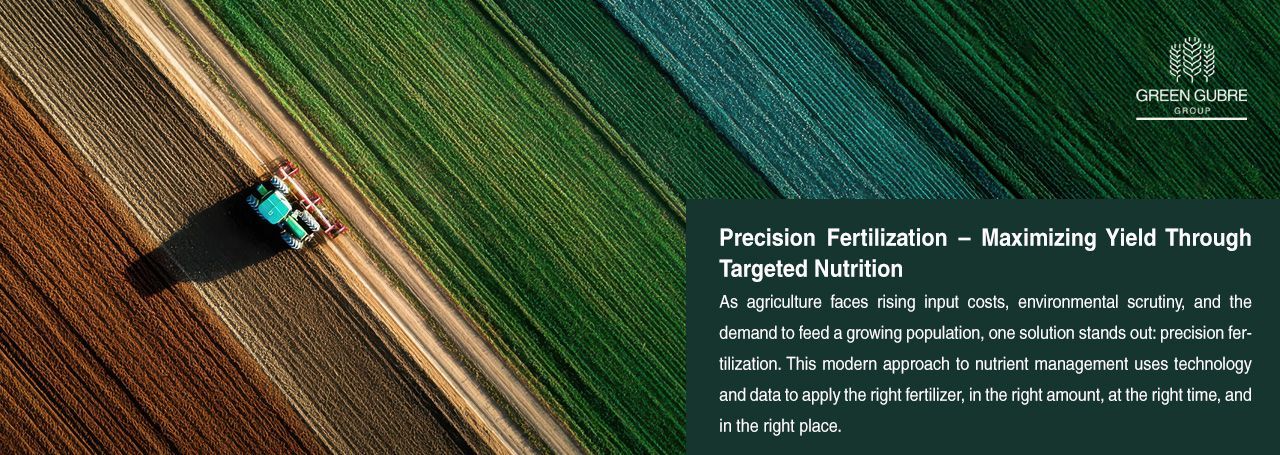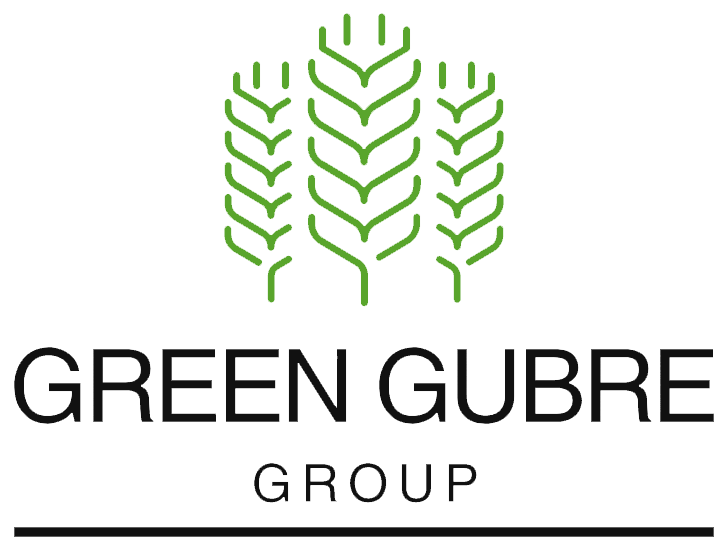Precision Fertilization – Maximizing Yield Through Targeted Nutrition
Precision Fertilization – Maximizing Yield Through Targeted Nutrition

Introduction: Fertilizing Smarter, Not Just More
As agriculture faces rising input costs, environmental scrutiny, and the demand to feed a growing population, one solution stands out: precision fertilization. This modern approach to nutrient management uses technology and data to apply the right fertilizer, in the right amount, at the right time, and in the right place. It minimizes waste, boosts yields, and supports soil health—aligning productivity with sustainability. Precision fertilization is not just a technique—it’s the future of responsible agriculture.
What Is Precision Fertilization?
Precision fertilization refers to the data-driven management of nutrients tailored to the specific conditions of each field or crop zone. It is typically based on:
- Soil testing and fertility mapping
- Crop nutrient requirements and growth stage
- Remote sensing and GPS-enabled equipment
- Digital agriculture platforms
This approach replaces uniform fertilization with targeted interventions, often using tools like:
- Variable Rate Technology (VRT)
- Decision Support Systems (DSS)
- Satellite or drone imagery
- Yield monitoring sensors
Benefits of Precision Fertilization
| Benefit | Agronomic and Economic Impact |
|---|---|
| Optimized nutrient use | Reduces over-application, improves nutrient uptake |
| Higher crop yields | Nutrients are applied precisely when and where crops need them |
| Lower input costs | Fertilizer savings through efficient use |
| Reduced environmental impact | Minimizes leaching, volatilization, and runoff |
| Improved soil health | Avoids nutrient imbalances and long-term degradation |
Precision fertilization has been shown to improve Fertilizer Use Efficiency (FUE) by 30–50% compared to traditional practices.
Tools and Technologies in Precision Fertilization
- Soil sensors: Measure moisture, pH, and nutrient levels in real-time.
- NDVI from drones and satellites: Detect crop stress and nutrient deficiencies through vegetation indices.
- VRT equipment: Adjusts fertilizer application rate dynamically as machinery moves across the field.
- GIS mapping: Creates fertility and yield maps to guide nutrient placement.
- Farm management software: Integrates weather, crop, and soil data to support decisions.
Precision Fertilization Use Cases
- Cereal Crops (e.g., wheat, maize): Split nitrogen applications based on crop stage and weather.
- Vegetables (e.g., tomato, onion): Zone-specific fertigation based on root zone analytics.
- Tree Crops (e.g., citrus, apple): Customized micronutrient delivery for flowering and fruiting.
- Rice and Paddy Fields: Nitrogen management to match wet/dry cycles and avoid N₂O emissions.
Source: International Fertilizer Association – 4R Nutrient Stewardship
Best Practices for Implementing Precision Fertilization
- Start with comprehensive soil testing and create fertility maps.
- Choose adaptable equipment compatible with VRT and GPS.
- Use weather forecasts to schedule fertilizer timing.
- Calibrate sensors and machinery regularly.
- Begin with pilot zones before scaling up.
Tip: Partner with agronomists or agri-tech providers to interpret field data and make accurate decisions.
Green Gubre Group’s Precision Fertilizer Solutions
At Green Gubre Group, we support precision fertilization with:
- Customized NPK + Micronutrient blends for zone-specific application
- High-efficiency liquid fertilizers compatible with fertigation and drones
- Decision-support tools to match nutrient plans to crop growth stages
- Digital services for soil testing, fertility mapping, and precision application design
Whether you’re managing one hectare or 1,000, our solutions are designed to scale with your farm’s digital transformation.
Conclusion: The Future Is Precision
Precision fertilization isn’t just about reducing fertilizer use—it’s about using every kilogram more wisely. With tailored inputs, better timing, and modern technology, farmers can grow more with less while protecting their soils and the planet. As sustainability becomes a necessity—not just a choice—precision fertilization offers a path to profitable and responsible farming.




